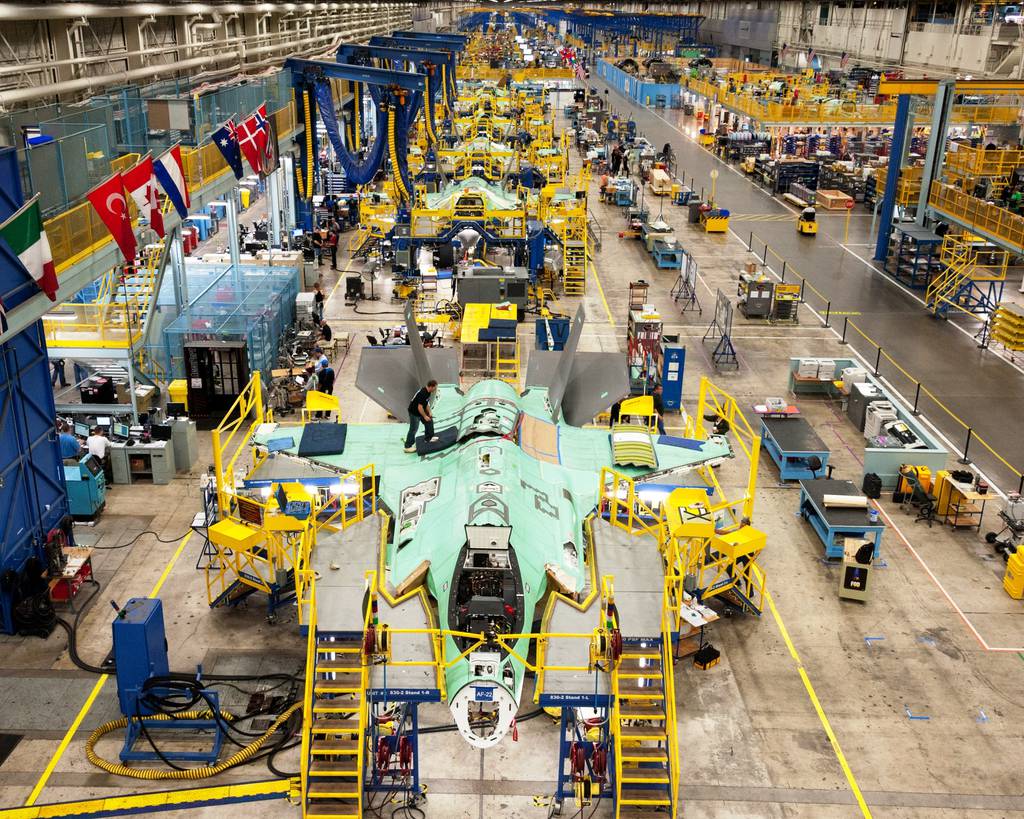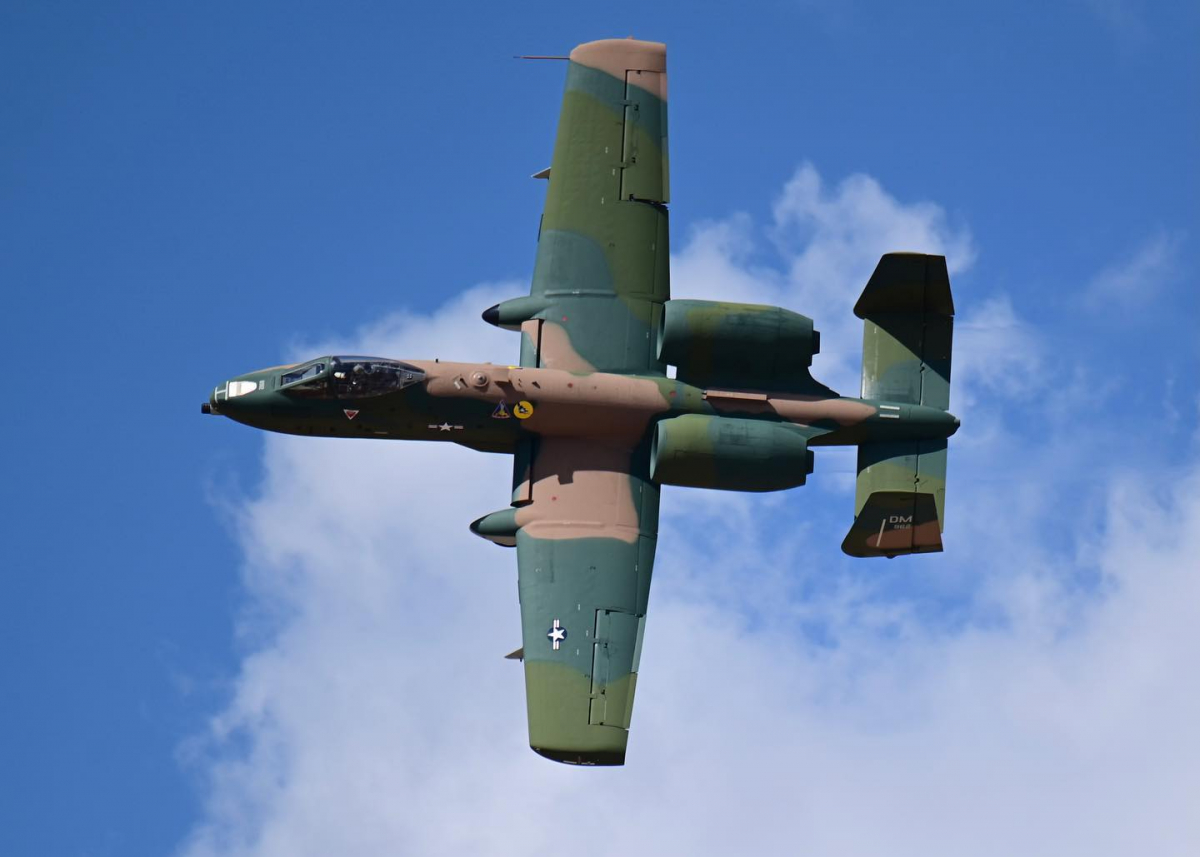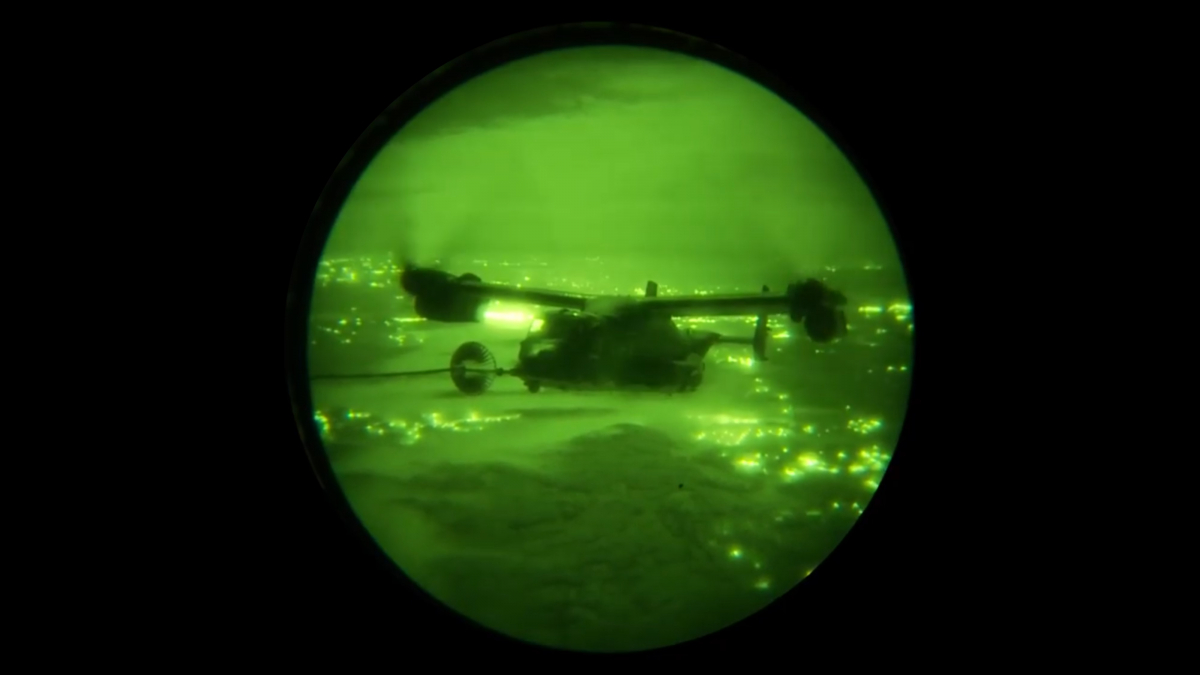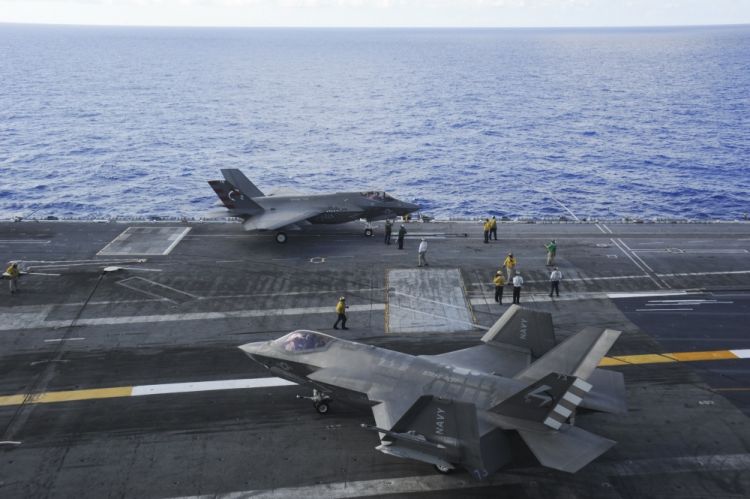The GAO published a report in November on 49 aircraft used within the Department of Defense. The F-35 was among the aircraft analyzed and several problems were highlighted, including slowed production due to an aircraft still in development, logistical problems and maintenance problems. The report also highlights problems with other aircraft, as well as the cost per flight hour, which for some aircraft is very impressive.
A new GAO report
The Government Accountability Office or GAO is a U.S. federal agency whose objectives are to audit, evaluate and investigate the various public accounts of the federal budget.
The agency released on November 10 a report on 49 types of aircraft in service with the U.S. Army, U.S. Air Force, U.S. Navy or U.S. Marine Corps. The F-35 fighter jet is among the aircraft audited, and many problems have (once again) been reported. This is not the first time the GAO has followed the F-35 very closely, as it is one of the aeronautical programs accumulating a huge budget within the various branches of the Department of Defense (DoD). The report in question therefore links to other previous reports (the Nov. 10 report focused on the F-35 and other reports are available at the end of this article and sourced directly in the paragraphs).
Production still slow
The F-35 is still not finished as its development continues to eliminate the many problems remaining on the three versions of the fighter and its simulator development is still not complete even though the simulator was intended to reduce the number of hours of training to be done in flight (GAO-22-105128, p. 13). Thus, full production of the F-35 is still not underway and only pre-production aircraft are still being delivered. This slow pace increases the cost of acquiring the F-35 but avoids future upgrade costs.
The various DoD components are nonetheless acquiring F-35s, and the GAO estimates that if full production of the aircraft is launched in 2023, as many as 1,115 pre-production F-35A/B/Cs would have been delivered by now, or approximately one-third of the aircraft ordered. A very weighty estimate because it implies that this fleet of F-35s operated by U.S. and foreign militaries will likely need to be upgraded after delivery (GAO-22-105128, pp. 15-16). Yet, putting 1,115 F-35s through heavy maintenance to "erase" their potential problems will increase the price of the aircraft by a now unknown but probably not insignificant amount... And this pessimistic scenario could get even darker if, as appears to be the case, full production is not notified to Lockheed Martin by the DoD.
Downtime problems


Generally speaking, the F-35 is also the bête noire of technicians in light of its engine problems: the number of F-35s without operational engines has risen from 2 aircraft in January 2020 to 36 in February 2022, and the trend is stagnating between 30 and 40 aircraft between July 2021 and February 2022 (GAO-22-105995, p. 14).
The DoD officially calls for a maximum of 6% of F-35s grounded for engine reasons, but this limit has already been exceeded since April 2021 with about 20 aircraft on the ground (GAO-22-105995, p. 14). The causes are technical but not only: the logistics chain does not seem to be adequate, with too little repair and/or maintenance capacity. Worse yet, some spare parts are unreliable. It should be noted that the slow pace of engine maintenance and repair very quickly led to a lack of operable spares (GAO-22-105995, pp. 17-18).
The GAO notes, however, that DoD has formally acknowledged these various problems and is seeking solutions. There has, in fact, been a slight improvement in maintenance time (at the depot level, i.e., heavy maintenance) on the F-35: 188 days on average in November 2018 to 131 days in September 2021...but that is still far from the maximum 30 days requested by the DoD (GAO-22-105995, p. 9).
A cost per flight hour that is not significantly improving
In fiscal year 2020 (FY2020), the flight hour for an F-35 (all versions) is $41,986 (GAO-23-106217, p. 205) or about €39,500 at current prices. While this is a 2.3% decrease from FY2019, the cost is still too high and unsustainable over the long term. Indeed, the arrival of the F-35 was originally intended to retire the F-16s in the USAF, yet the flight hour for the aging F-16 fleet has indeed increased by 16.3% over FY2019, but it is "only" $26,927 (GAO-23-106217, p. 232) or ~€25,400 current. From a financial perspective, therefore, it is unthinkable to replace the entire F-16 fleet with F-35s, as the cost of operating the F-35 was originally intended to be equal to the F-16.
External consequences
The GAO obviously takes into account the increase in some line items regarding the U.S. F-35s as a result of the increase in the number of aircraft in service. It also notes that this increase did not have a negative effect on aircraft grounded due to faulty engines: between June 2021 and June 2022, the F-35 fleet increased by 20 percent while the number of grounded aircraft decreased by 2 percent (GAO-23-106217, p. 207). On the other hand, the COVID-19 pandemic also had a negative impact on the entire supply chain (GAO-22-105128, p. 17).
The GAO also identifies indirect consequences of the F-35 on other aircraft:
- the Marine Corps' slowed F-35B fielding has forced its air component to take steps to keep its AV-8B Harrier II fighters operational (re-engining, removing aircraft requiring too many maintenance hours,..)
- the lack of technical personnel within the various forces may have a negative effect on the other aircraft following the F-35: technical personnel are trained on the complex systems of the F-35 and this requires time. Now, as a result of the increased lack of personnel, some aircraft are forced to stay longer in maintenance periods (this is particularly the case for the AV-8B). For now, these problems are being buffered by greater use of private contractors (GAO-23-106217, p. 212).
A report on other aircraft
The GAO has clearly identified the F-35 as a particular focus on its investigations and reports, but the report released Nov. 10 also covers 48 other aircraft:
- increased costs for the B-52 Stratofortress due to corrosion
- an unexpected rate of repairs on P-8A Poseidon maritime patrol aircraft and creating a shortage of spare parts
- hard-to-get spare parts for B-2A Spirit bombers, requesting the implementation of a cannibalization, considered totally ineffective
- in general, maintenance and repair times much too long but which can be explained by the lack of personnel during the pandemic of COVID-19.
- ... (for 352 pages!)
Some impressive costs
In terms of ranking by cost per flight hour, the ranking of aircraft to be replaced by the F-35 is as follows:
- $22,531/flight hour for the A-10 Thunderbolt II strike fighter (GAO-23-106217, p. 214)
- $26.927/hr flight time for the F-16 Fighting Falcon fighter jet (GAO-23-106217, p. 232)
- $30.404/hr flight time for the F/A-18E/F Super Hornet fighter jet (GAO-23-106217, p. 188)
- 39.029/hr flight time for the AV-8B Harrier II fighter (GAO-23-106217, p. 208)
The various variants of the RC-135 could still be flying until 2044, when the oldest aircraft will have reached its flight hour limit, after 81 years of service (GAO-23-106217, p. 171)
As demonstrated by the conflict in Ukraine, the RC-135 and E-8C JSTARS are essential in gathering information on Russian and Belarusian troops. However, their costs are very high:
- $95,339/hr of flight time for the RC-135 (GAO-23-106217, p. 167)
- $120,137/hr of flight time for the E-8C JSTARS (GAO-23-106217, p. 161)


The E-4B National Operations Airborne Center strategic command aircraft, which accompanies the U.S. President or even the Secretary of Defense on their trips, costs $372,496/hr to fly! (GAO-23-106217, p. 155)
On the heavy-lift helicopter and tiltrotor side, costs vary widely:
- $3,920/hr flight time for a CH-47F(GAO-23-106217, p. 251)
- $42,767/hr flight time for a MV-22B Osprey (GAO-23-106217, p. 296)
- $45,612/hr flight time for a CH-53E Super Stallion (GAO-23-106217, p. 289)
- $48,535/flying hour for a MH-53E Sea Dragon (GAO-23-106217, p. 263)
- $79,958/flying hour for a CV-22 Osprey (GAO-23-106217, p. 309)
The report also provides other information, such as total flying hours flown for the entire fleet of a single type of aircraft. Cumulated with the cost per flight hour, some of the amounts are also considerable. For example, the cost per flight hour for the B-52 Stratofortress strategic bombers is $88,354. With nearly 14,298 flight hours flown in FY20, this represents a budget of $1.263 billion, or 1.190 billion euros. For comparison, the Air Force and Space budget in 2020 was 7.5 billion euros!!


Découvrez cet article sur Air&Cosmos

